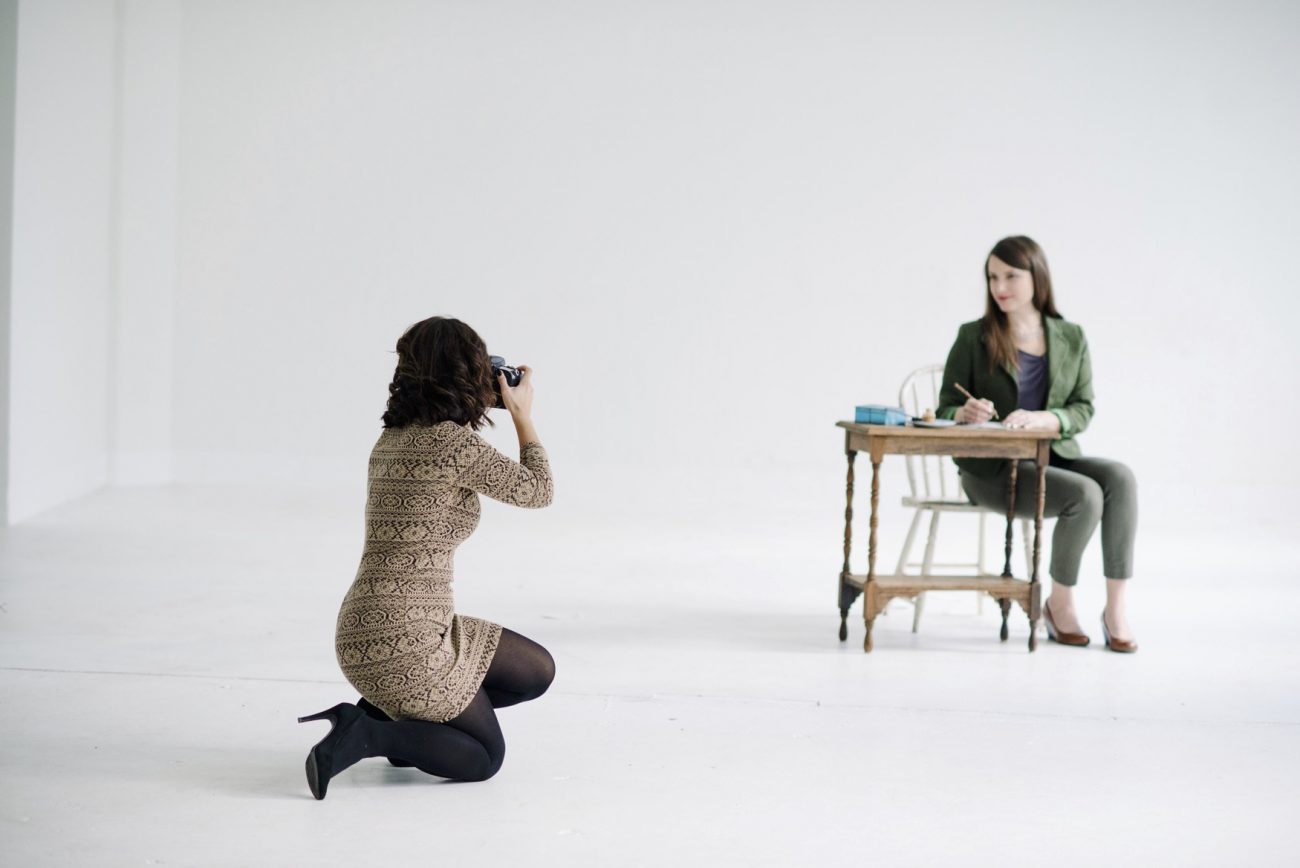
As a creative entrepreneur at any stage in your business, it can feel like money is always tight–maybe even too tight to give back financially to the causes you are passionate about.
But luckily, you also likely have skills that nonprofit organizations desperately need (and might not be able to afford). When you donate your products or services directly to a nonprofit, that is considered a gift in kind.
Deciding whether or not to donate your services can be tricky. We often don’t want to give our work away for free and potentially devalue what we offer.
From years of experience working with nonprofits and often donating at least a portion of our services in-kind, we’ve learned a few tips that can help the process feel seamless and beneficial to everyone involved.
Who should you give work to?
Even if the cause is worthy, we can’t offer a discounted or donated service to everyone who might ask. If we are approached by a new organization, we always ask ourselves a few questions before taking on a project.
1. Do we passionately support the mission of the organization?
First, know what issues, causes or groups are important to you. For example, as someone who is passionate about gender and racial equity, organizations that work in those areas rise to the top of the list of who I choose to support.
More than anything, we want to ensure that the organization and the work we are being asked to do line up closely with our own values.
When the project is truly aligned with your values, your passion will shine through in the finished product, and you’ll enjoy doing the work that much more.
2. Does the client value the work?
While a nonprofit might simply not have the capacity to pay full price for creative services, we want to work with clients who value our work and the time we will be committing.
Do they engage with you in a professional manner? Do they respect the amount of work that goes into creative work?
Especially when donating work, it is important that the client respects the boundaries of your process and the agreed upon scope of work.
3. How much time are we able to commit?
Before you agree to any in-kind work, take some time to consider your current workload and how much you can take on. One project a month? Three a year? Is there a certain monetary value worth of work that you can comfortably donate?
As much as we’d love to work with every worthy cause, we as entrepreneurs still need to pay our bills. Setting these boundaries ahead of time can help alleviate a potentially stressful situation in the future and help prevent you from taking on too much or becoming burnt out.
Should you ask for anything in return?
Remember: You can always donate a portion of your work in-kind and still get paid something.
When donating work, we always send an invoice with the full value amount and the in-kind donation listed. Very rarely is that discount 100%. That helps us feel comfortable that we’re always educating our clients on the true cost of the service provided.
Don’t forget to ask for a receipt reflecting the value of your in-kind donation, too, as it could be beneficial for tax purposes.
Lastly, a nonprofit might have an opportunity for sponsorship credit. Perhaps you do the graphic design for a fundraising event. In exchange, you could have an ad in the event program, be listed as a sponsor online and tagged in the organization’s social media posts, or receive some tickets to the event that you could pass on as a thank-you to a favorite client.
From a marketing perspective, you’ll know that your work is being seen in a room full of people (who could be potential clients!) whose values align with your own.
We do work for nonprofits because we’re passionate about their mission–we certainly aren’t looking for a pat on the back or a thank you!
Getting paid even a nominal amount or exchanging for sponsorship or other credit, though, can help you avoid the potential burnout of working ‘for free’ and not completing the project in a way that would meet your standards.
When you set boundaries ahead of time and are unafraid to stick to them, it is much more likely that when the project is completed, you’ll be able to feel gratified by the work you did to support a cause that you love.



